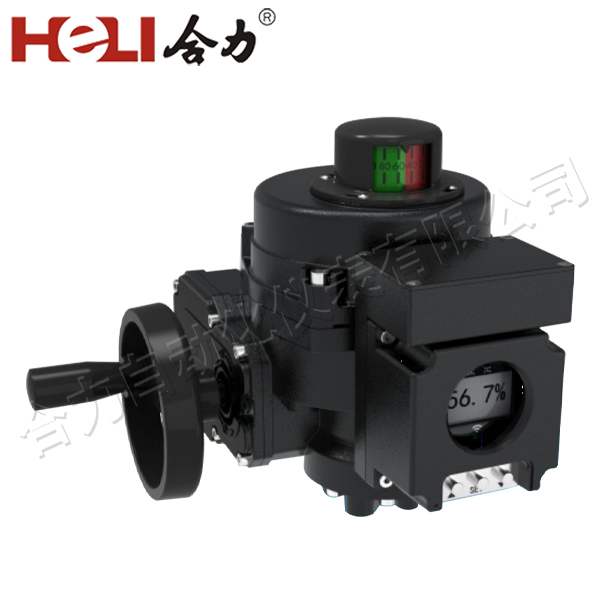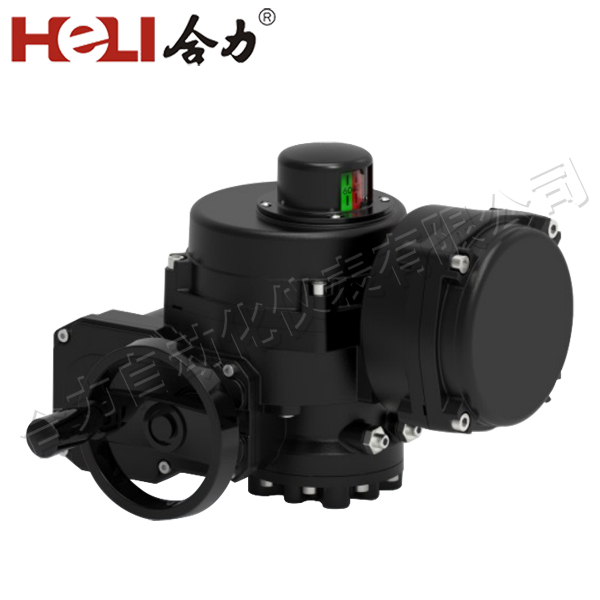The integration of lithium batteries into electrical installations is becoming increasingly prevalent due to their superior energy density, longer lifespan, and lighter weight compared to traditional lead-acid batteries. However, their unique characteristics require a thorough understanding and careful planning during installation to ensure safety and efficiency. This article delves into the essential considerations and best practices for a successful lithium battery electrical installation.

1. Understanding Lithium Batteries

Lithium batteries come in various chemistries, such as Lithium Iron Phosphate (LiFePO4) and Lithium Nickel Manganese Cobalt Oxide (NMC). Each type has its own set of characteristics, including voltage, capacity, and thermal behavior. Understanding these variations is crucial for selecting the right battery for your application. For instance, LiFePO4 batteries are known for their safety and thermal stability, making them ideal for high-demand environments. 2. Pre-Installation Planning Before installation, a comprehensive assessment of the system’s requirements and constraints is necessary. This includes evaluating the power requirements, the physical space available, and the compatibility of existing equipment. Accurate load calculations help in selecting the appropriate battery capacity and ensuring that the system can handle the power demands. Additionally, verifying that the installation area meets the manufacturer’s specifications for ventilation and temperature control is essential to prevent overheating and ensure optimal performance.

Leave a Reply